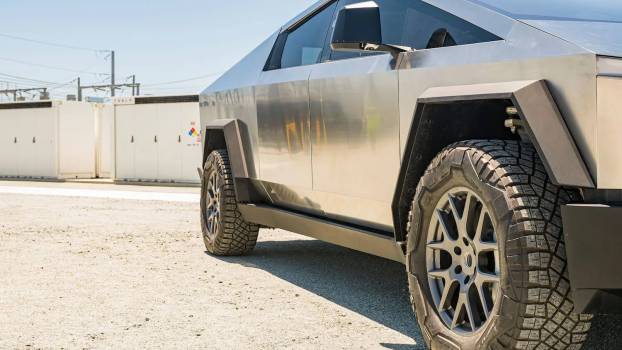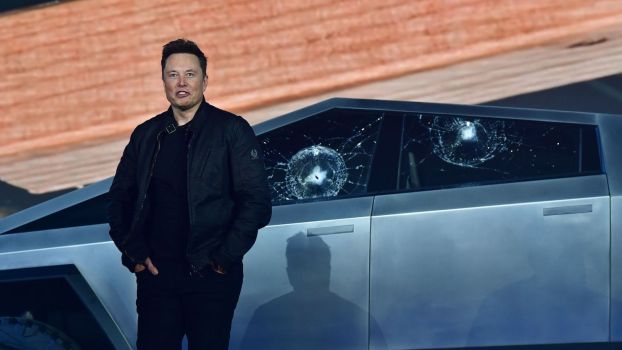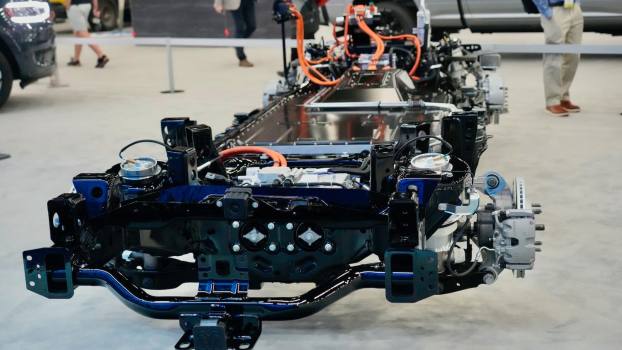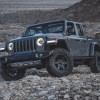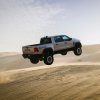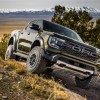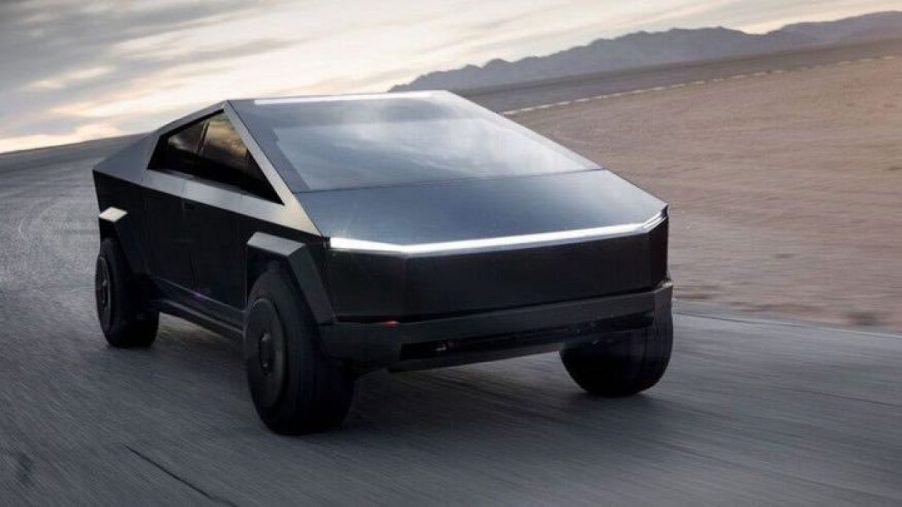
4 Ways the Cybertruck’s Engineering Will Make Your Next Pickup Better (And 1 Way It Will Be Worse)
Tesla has finally begun deliveries of the Cybertruck, and automotive journalists have been able to test production versions. The truck’s divisive styling may be the least revolutionary thing about it. Even if you have no interest in buying a Tesla Cybertruck, some of its features may become standard on the next generation of top-trim pickup trucks. And its existence may make your next work truck much more expensive.
- Load-bearing body panels
- 4-wheel steering
- Drive-by-wire
- 48-volt electrical system
- Rising MSRPs
Exoskeletons will make future trucks safer
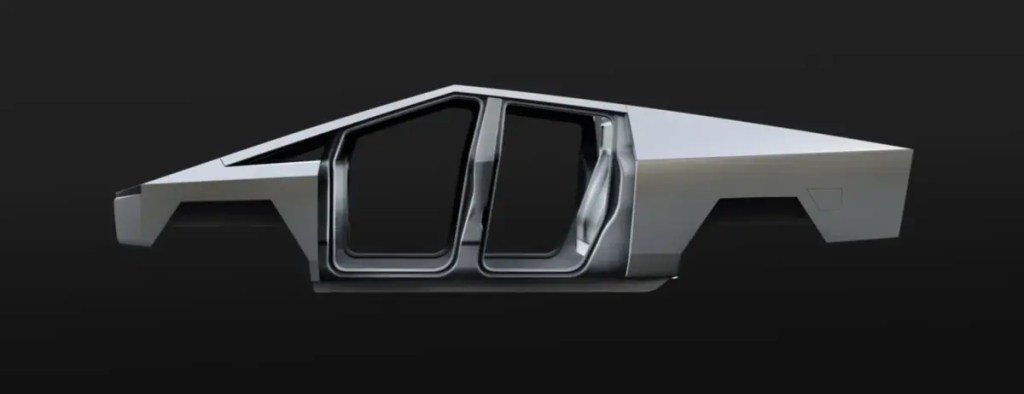
I do have to mention the Cybertruck’s Delorean-like bare metal style once. It is a lowkey flex to show off the truck’s solid exoskeleton build method. Rumor is that Elon Musk leveraged a material he engineered for Space X rockets and named Hard F____ing Steel (understandably, “HFS” in advertising materials).
This is one of the reasons Musk claims the Cybertruck is bulletproof (the truth is it can absorb small-caliber bullets). More importantly, its side-impact crash test results are excellent. The bloated A-pillars that make modern pickup trucks dangerous while turning left demonstrate that vehicle bulk has surpassed what our standard construction techniques can safely handle. Tesla’s HFS is a necessary upgrade, and hopefully, all next-gen trucks will level up.
4-Wheel steering
Once upon a time, 4WD was an exciting innovation. Specifically, that time was 1946, and the pioneering truck was the Dodge Power Wagon. Today, 4WD is commonplace. But four-wheel-steering may be the next innovation that makes high-trim pickup trucks more capable off-road and easier to park on road. Some German automakers have already introduced rear-wheel steering in big internal combustion vehicles. And General Motors added it to the electric Hummer pickup truck.
So what is special about the Cybertruck? It leverages steer-by-wire to make rear-wheel steering more intuitive. I fully expect the next generation of trucks to have independent rear suspension; four-wheel steering will be a distinct possibility. Detroit may make this a luxury feature or take a lesson from the Mercedes EQS and lock this feature behind a monthly paywall.
Steer-by-wire
One innovative aspect of the Cybertruck is its lack of any physical connection between the steering wheel and the tires. The steering wheel has sensors and force feedback motors that feed input to the computer. The truck reads your steering input and decides how sharply to turn the front (or rear) wheels.
This system spooked me at first. But Jason Cammisa reviewed the Cybertruck for Hagerty and pointed out that commercial jets have used steer-by-wire since the 1980s, so the technology has evolved and has never caused a crash. In addition, the automotive industry has already adopted drive-by-wire tech for your accelerator pedal.
48-volt power system
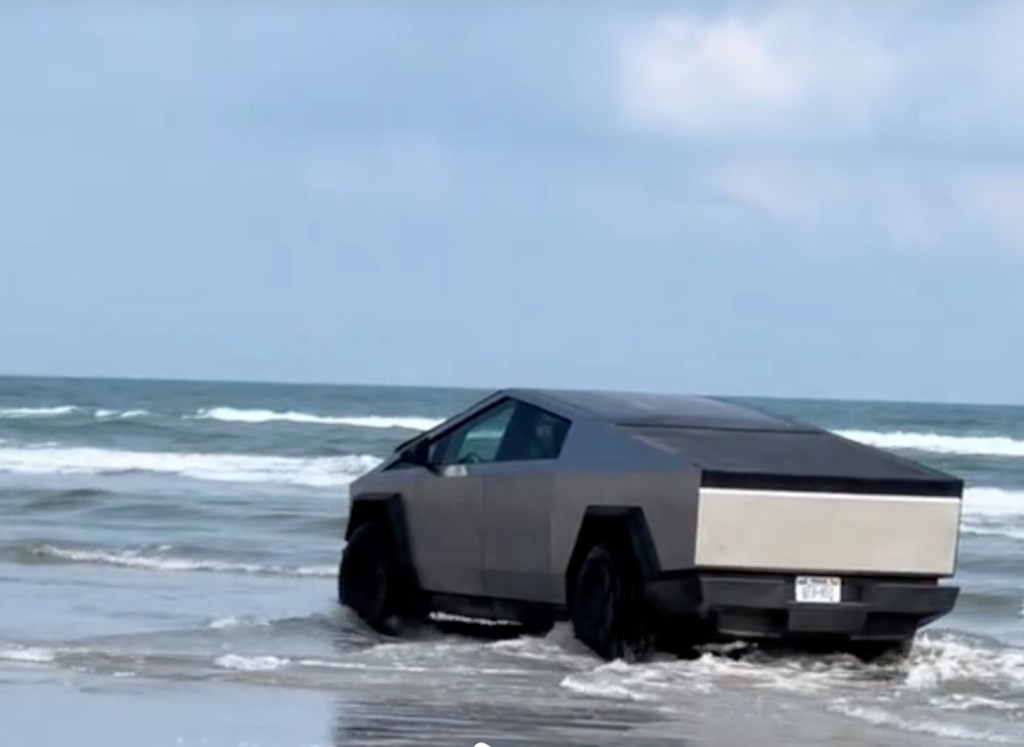
That first 4WD 1946 Dodge Power Wagon had a 12-volt electrical system, like every other car on the road. The U.S. military was already planning its move to 24-volt vehicles, and the transition was complete by the Korean War. Why? Because Generals understood that the amount of electronics their vehicles had to operate would increase every year. But the civilian market couldn’t get its act together and upgrade.
Think about how much more electricity a brand new Ram truck, with multiple infotainment screens and adjustable air suspension, uses than that 1946 Power Wagon. Yet they are both 12-volt systems. It makes sense that we bump to a 48-volt system, and Tesla is leading the charge. Yes, the Cybertruck is an EV with a big lithium-ion traction battery. But EVs still have a traditional car battery to operate electronics, door locks, lights, etc. And the Cybertruck’s low-voltage system is the first mass-produced 48-volt.
The pickup truck market shake-up
It’s objectively a bit ridiculous that Ford can throw big rims and leather seats at an F-150 work truck and charge $70k for it. Tesla is pioneering a structure in which each trim level offers major powertrain benefits over the last. And this seems like a good thing. But there may be collateral damage: the affordable work truck.
It’s also objectively surprising that blue-collar folks can get an entry-level pickup truck for luxury sedan prices. The reason may be white-collar folks subsidizing the automakers by spending six figures on top-trim trucks. There’s some irony that they are doing it to “blue” up their image and thus help their neighbors out. But if rich truck buyers all jump ship for something like the Cybertruck (and one million have already reserved one), we may see work truck prices skyrocket.
There’s a second irony here: Elon Musk sees exactly how the market works. He’s long said he launches expensive halo projects (example: the supercar-priced Tesla Roadster) to finance his cheaper mass-produced vehicles (example: the Model Y crossover, currently the world’s best-selling vehicle). The parallel is that rich folks who want to “green” up their image are making cheap EVs for regular drivers a reality. Whatever Tesla offers on the Cybertruck chassis next (the “Robovan?”) may soon be the cheapest work vehicle you can buy.
Find out why the Cybertruck will not be Tesla’s iPhone moment, or see Hagerty’s review and drag race yourself in the video below:
